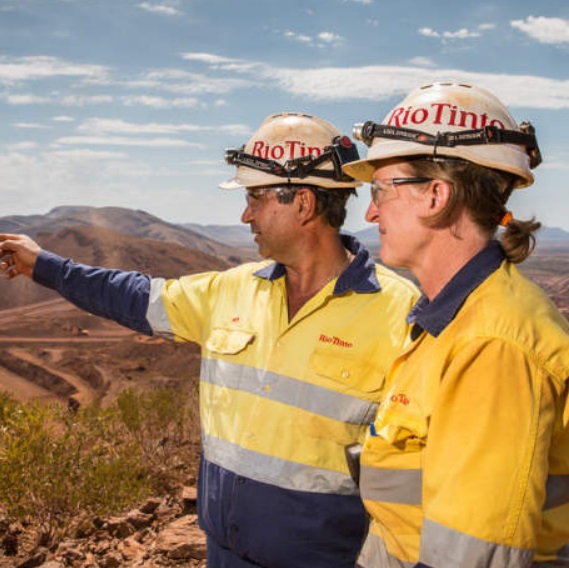
The hidden costs of global trade in the Western Australia resources sector
Despite the shockwaves of the COVID-19 pandemic still rippling through the country, the Western Australian (WA) domestic economy grew by 4.3 per cent in 2020-21, positioning the state as one of the top performing economies in the world. This growth has been largely fuelled by the resources sector and a surge in iron ore prices, and in 2021 the sector achieved record sales of AU$230 billion.
Around half of Australia’s global exports of goods originated from WA in 2020-21, including minerals, petroleum, agri-food and specialised manufactured goods, meaning resources organisations in the state compete for billions of dollars’ worth of international payments through the global banking system every year. However, many organisations may be unaware of how volatile and costly global bank trading is, with fees often invisible on either side of transactions.
The recent currency conversion and the hidden costs of global trade whitepaper, published by Corpay, revealed that the average premium charge to send payments across borders is 3.39 per cent. For a sector that pulls in around AU$300 billion in export revenue annually, these premiums could become crippling.
Through reviewing more than 40,000 global transactions, where funds were sent from a bank in one jurisdiction to a bank in another jurisdiction, Corpay analysed transactions that required conversion to another currency. The study considered payments with an aggregate nominal value of AU$2 billion and average processing fee value of AU$43,700. It found that the cost of these transfers varied widely, depending on foreign exchange (FX) conversion rates, administrative fees, geography, and the size of the transaction. In many cases, trading partners were paying exorbitant transaction fees or premiums on the exchange rate.
For example, according to The World Bank, the global average cost of sending AU$283 from Australia to another country resulted in a processing fee of 6.5 per cent in the fourth quarter of 2020. This means for every $283 that an Australian business sends overseas, based on the processing fee of 6.5 percent, the processing cost to the business is estimated to be $18.40. Individual transactions such as these may be relatively small but, when considering the sheer number and value of payments that are made each year, accumulated processing fees may reach thousands of dollars. This may not be immediately evident on the sender’s side, but is more likely to impact recipients, who see fees and exchange rate adjustments cutting into the amount they receive in their domestic currency.
To understand the origin of these processing fees, it helps to know the steps involved in a typical foreign exchange transaction. For example, this type of transaction might take place with a buyer in Australia who wants to purchase an item from a vendor in the Philippines. The buyer transfers the amount of the purchase price in Australian dollars to the vendor’s bank.
From there, one of two things tends to happen depending on the country and the financial institutions involved. In some cases, the vendor’s bank will convert those Australian dollars into the local currency before depositing the funds into the vendor’s account. In other instances, the bank deposits the money into an Australian dollar account held by the vendor. For example, when converting Australian dollars to Philippine pesos, the beneficiary bank typically sets its own exchange rate, based on market rates, with some percentage of the total added as a profit margin. In cases where the money goes from one Australian dollar account to another Australian dollar account, the bank typically adds an administrative charge, which can vary from a simple flat fee to a percentage of the sum transferred.
One tactic a business may use to avoid currency conversion premiums such as these is to complete purchases in a single currency, often the US dollar. However, this comes at a cost, even when ignoring regulatory constraints, banking administration costs, foreign exchange risk, and the fact that generally funds must eventually go through the conversion process. The average fee charged by a receiving bank to accept US dollars into a US dollar account varies widely from a low of AU$5.24 per payment for businesses in North America to a high of AU$21.14 in Africa.
One of the best ways to avoid excessive processing fees in global trading is to use a specialist cross-border payment solutions vendor that can help businesses maintain a competitive edge in foreign exchange transactions through robust payments and hedging tools.
Using a specialist in cross-border payment solutions can help businesses simplify the way they connect with the global marketplace and protect organisations against unpredictable currency fluctuations. Importantly, it can help Australian resources businesses more easily navigate the complexities of global markets and provide access to valuable tools such as foreign exchange (FX)-structured products including forward contracts, currency options, over the counter derivatives, and leveraged FX contracts.
As the WA export market continues to grow, engaging with specialist trading partners who can navigate the complexities successfully is paramount. Organisations that continue to rely on traditional methods of global funds transfer may literally be giving money away, which may impact cash flow, relationships with overseas trading partners, and ultimately the bottom line.
Written by David Britten, Corpay Cross-Border Solutions, APAC Managing Director.


